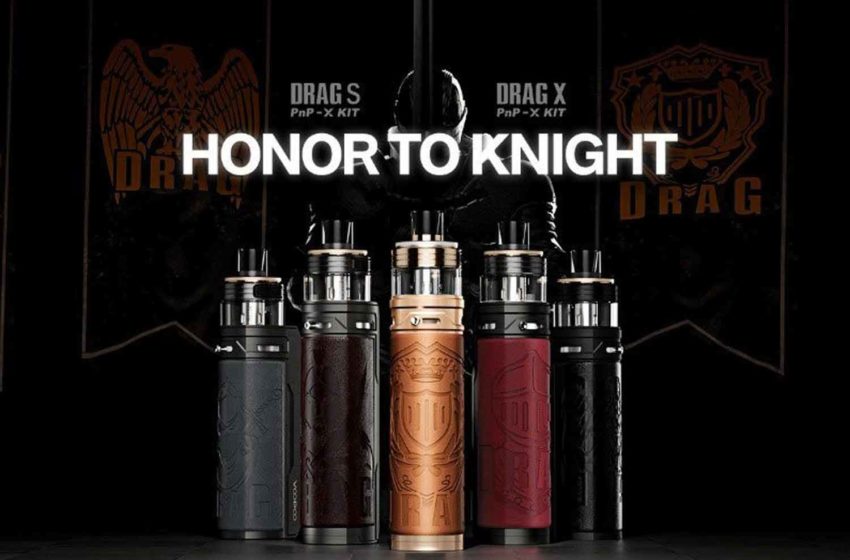Cleaning up nicely: Belt Technologies on the Advantages of Stainless Steel Belts.
The Covid-19 pandemic has left us all more aware than we once were about the necessity of paying attention to, among other things, the cleanliness of surfaces; so, as part of its machinery feature, Tobacco Reporter took the opportunity of engaging in an email exchange with Brian Harbison, managing director of Belt Technologies Europe, about his company’s metal belts and tapes, which have been promoted in part on the basis that metal provides a more hygienic surface than that of other materials.
Tobacco Reporter: Do you think that, in the wake of Covid-19, demand from the tobacco and nicotine industry for Belt Technologies’ metal belts and tapes will increase?
Brian Harbison: We have been helping the tobacco industry in the manufacturing process for more than 20 years. Our PureSteel metal belts do not require lubrication and do not outgas, eliminating the risk of contamination. Also, unlike other belt materials, stainless steel does not fray or generate particulates that could get into the tobacco and contaminate it. There has always been a push to maintain cleanliness in tobacco production and packaging to preserve purity, but I think now more than ever it’s at the top of consumers’ minds due to the pandemic.
I take it that increased demand for such conveyor systems will arise in respect of some of the other industries the company serves, such as the food industry.
Absolutely. The food industry has had to pivot during the pandemic to ensure its processes are as safe and sanitary as possible. Our PureSteel conveyor belts are excellent for cooking, freezing and handling edible products, offering a variety of benefits over belts made from materials, such as plastic or rubber. Metal belts do not require lubrication, so there is no risk of chemicals tainting the food. Additionally, stainless steel is resistant to bacteria, making it easy to clean and in compliance with even the strictest USDA [U.S. Department of Agriculture] requirements.
Has it generally been the case that, when looking at factory conveyor systems, the tobacco and nicotine industry has prioritized cleanliness in the past?
Yes, in the time we have been working with the tobacco industry, hygiene has been a top priority. Since people place tobacco products in their mouths, eliminating the presence of potentially harmful bacteria at all points of contact, from handling raw tobacco to the rolling and packaging process, is paramount.
From the point of view of cleanliness, in what parts of the processes involved in the production of tobacco and nicotine products is it most important to employ metal conveyor systems?
Our belts can really be used to make any part of the process more sanitary. In the primary stage of tobacco processing, which is the bulk handling of raw, unprocessed tobacco, our metal belts ensure the product does not become contaminated with bacteria or other foreign matter. And when it comes to the secondary processing of tobacco, our stainless steel suction bands, used in the production of cigars and cigarettes, are available in a range of sizes and surfaces. The benefit of using a metal belt in this stage is the ability to keep the material that will touch the mouth free of contaminants and bacteria while still processing at top speed.
Cleanliness is not the only characteristic on which Belt Technologies promotes its metal belts. Another, I notice, is durability. Again, this durability, along with metal’s usually good recycling credentials, seems to be currently more important than ever, given the environmental problems we are suffering.
Stainless steel has a low thermal coefficient of expansion, enabling greater resistance to extreme temperatures, and it’s also corrosion resistant and vacuum compatible. Inferior materials, such as plastic, rubber or cloth will warp, burn or fall apart when subjected to the same high temperatures metal belts can withstand, and similarly, will shrink or become brittle in extreme cold while metal belts thrive. Stainless steel has a tensile strength ranging from 180 KPSI to 300 KPSI (thousand pound force per square inch), depending on the alloy and temper of the metal. That means relatively thin and lightweight belts can be designed to handle the stresses of almost any application. The high strength and low weight enable the conveyor’s input horsepower to be directed toward moving the product and not the belt, which boosts efficiency and reduces operating expenses. Simply put, metal belts are stronger and more efficient than the alternatives.
The tobacco industry seems to be evolving. Does Belt Technologies see fewer or more opportunities ahead as the production of tobacco products gives way gradually to lower-risk products, particularly oral products?
We have such a wide variety of products that can be used in various ways; we foresee being able to work in the tobacco industry no matter what pivots they make. Our custom solutions can be fabricated to the customer’s exact specifications, so even if one of our existing belts didn’t fit their needs, we could create one that would.
Would you like to tell me anything else?
Metal belts, timing belts and drive tapes are superior, high-quality options for automated production and robotic facilities. Belt Technologies has been producing custom metal belt conveyor solutions for new and existing conveyor systems for more than five decades. Sophisticated engineering, advanced manufacturing processes and an unlimited variety of configurations and coatings are available to custom design belts to suit any application. –G.G.





















